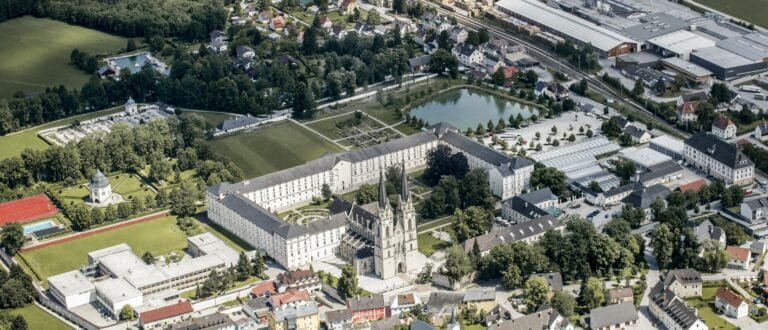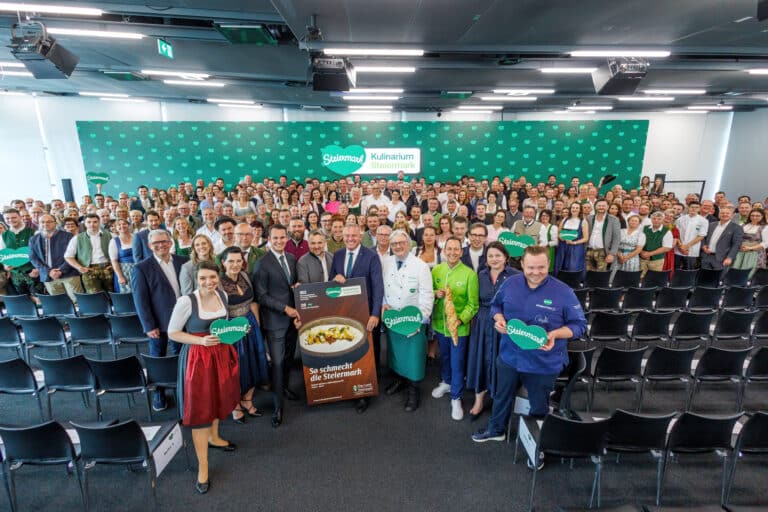Admont Abbey: Anniversary is also an anniversary of regional development
In addition to the development of a tourist infrastructure, the Benedictine monastery and its business enterprises create regional added value and numerous jobs. How Christian social teaching became the economic engine of an entire region.
950 years of Admont Abbey also means 950 years of regional development. While its economic activities originally focussed primarily on agriculture and forestry, Admont Abbey has long since opened up new areas of business. Just how successfully the Benedictine abbey has made these changes is demonstrated by the flourishing businesses in the greater Admont area. "We are an important employer in the region and want to remain so in the future. This is because we make a significant contribution to securing the standard of living of the people who live here," says Admont Abbey's Director of Economic Affairs Franz Pichler, emphasising the importance of the abbey as one of the largest employers in the region. The Admont Benedictine Abbey's flagship companies include the Admont timber industry and the energy producer Envesta. In addition to its economic tasks, the abbey has been dedicated to its educational mission for centuries. This year, Admont Abbey Grammar School is celebrating its 380th anniversary. Teaching has taken place in the monastery since 1074. In 1644, the former Latin school became the Abbey Grammar School, which has been constantly expanding since its foundation. In recent years alone, the Benedictine monastery has invested over 6 million euros in the educational establishment. However, it is not only the facilities but also the educational approach that follows a modern mission statement.
Promoting tourism development
Strengthening the regional infrastructure in order to secure jobs and counteract emigration is also seen as an essential task in the area of tourism, as Pichler emphasises. The Admont Abbey Museum welcomes around 60,000 guests a year, which also has a positive effect on the number of overnight stays in the region, according to Admont Abbey's economic director. Following the opening of the museum 21 years ago, the Benedictine Abbey has once again taken the initiative to further boost tourism in the greater Admont region with the construction of the "Spirodom" hotel. The leisure area on the Kaiserau, which is run by the Benedictine Abbey, also makes a significant contribution. In recent years, the high plateau, which has primarily established itself as an attractive family ski area, has been developed into a year-round destination. "A large-scale project that we were able to realise together with our partners," says Mario Brandmüller, Managing Director of Kaiserau Tourismus GmbH. There is a long-standing relationship with Raiffeisen, "which is based on a shared vision. A vision based on solidarity, mutual respect, commitment to the region and the pursuit of a promising future," explains Martin Schaller, CEO of Raiffeisen-Landesbank Steiermark, explaining why the bank was involved in the construction of a 2,000 m² children's playground on the Kaiserau. The co-operation with GRAWE is also important, says Brandmüller. A partnership based on shared values, as GRAWE General Director Klaus Scheitegel emphasises: "Through our support, we not only want to honour the anniversary, but also strengthen the mission of the monastery to preserve the past and shape the future." According to Franz Pichler, Director of Economic Affairs at Admont Abbey, this successful pooling of forces would make the positive developments in the economy and tourism tangible not only in the greater Admont region, but throughout the whole of Styria.








